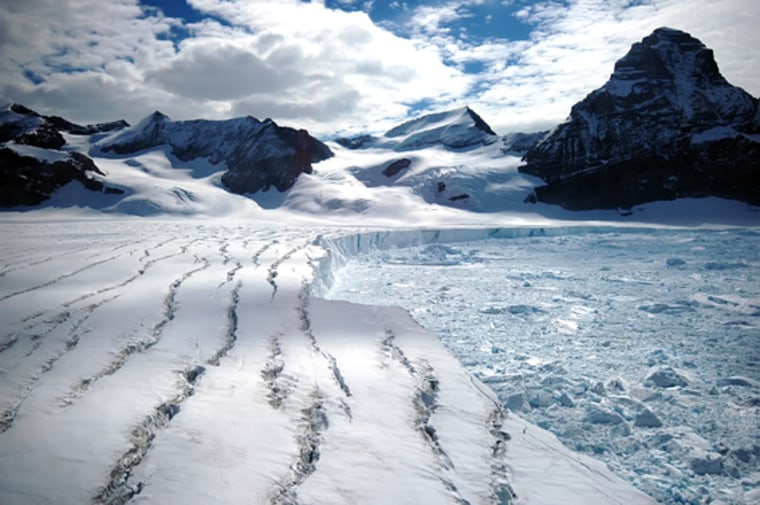Imagine: you’re hiking along a switchback high in China’s Shen Nong Gorge. Built into the cliffs in the manner of birds’ nests are nearly 100 coffins dating back millennia; below, pods of freshwater dolphin frolic in the Yangtze River. That was two years ago. Today, the hanging coffins are submerged and the dolphins extinct—both victims of the rising waters of the Three Gorges dam.
It’s no secret that humans have burnt, hacked, chopped, and poisoned our way through more forests, reefs, and wetlands than you can shake an old-growth stick at. Combine that with global warming, and the effects are often devastating. In spite of all this, natural wonders are surprisingly abundant, and they’re easier to visit than ever before.
Take Antarctica, for example, accessible by a three-hour flight from Punta Arenas, Argentina, or a three-day expedition cruise with Abercrombie & Kent. Dr. James McClintock, professor of polar and marine biology at the University of Alabama and lecturer for A&K, explains that the midwinter temperature at the South Pole—the most pristine wilderness on earth—has increased by nearly two degrees Fahrenheit per decade over the last 60 years.
“Ten years ago at the research station, I would hear a glacier calving into the bay once every week; now it’s three times a day,” McClintock says.
For those of us who prefer to experience natural wonders minus the polar fleece and mittens, there’s Montana’s Glacier National Park, with 700 miles of trails, close to 1,000 campsites, and two historic Swiss chalet lodges.
Those lodges were built when glaciers were, apparently, too numerous to count; today, according to Richard Armstrong—senior research scientist from the National Snow and Ice Data Center based in Boulder, CO—those glaciers are quickly falling victim to global warming.

Our impact has been massive below the water as well. According to Dr. Sylvia Earle, explorer, author, and winner of the prestigious TED Prize in 2009, nearly half of the world’s coral reefs have disappeared.
And still, areas like the Great Barrier Reef are not wholly protected marine environments; in fact, commercial fishing is still perfectly legal throughout a majority of the reef. Fortunately, there’s still time to dive below the surface to explore the reef’s mesmerizing colors and otherworldly fish.
There is good news, though: some natural wonders are actually growing. According to a recent UNESCO report, deserts and other arid zones cover more than a third of the world’s land, and they’re getting bigger. The Sahara, once a savanna of grasslands and lakes, creeps ever southward, and impressive new deserts are forming in China and Madagascar. (Okay, most of this expansion is proof that humans have altered our planet, but they’re still amazing phenomena nonetheless.)
When it comes to nature’s most fragile of wonders, our motto is: See them, love them, preserve them. The next time you plan a trip, use our list for inspiration.
